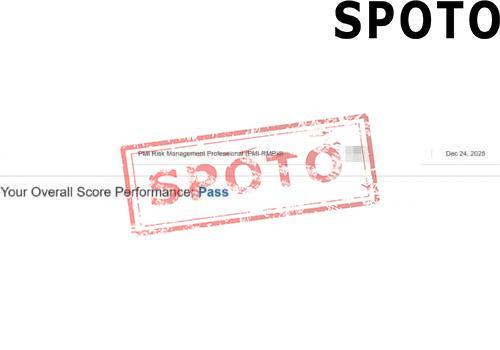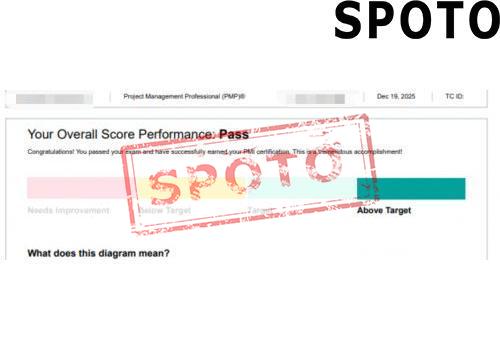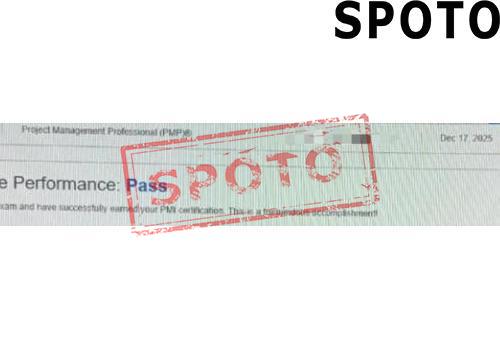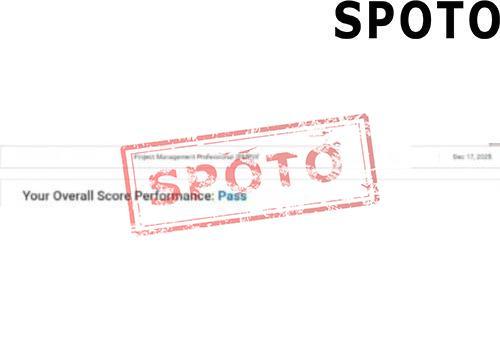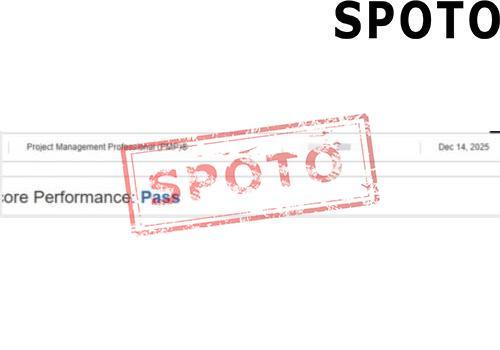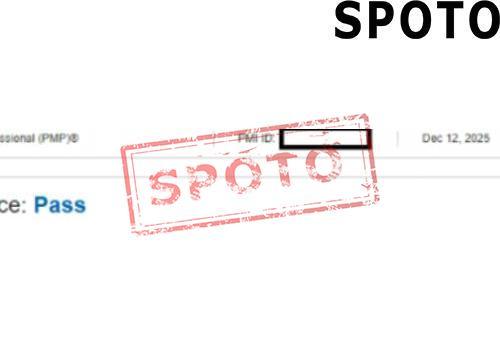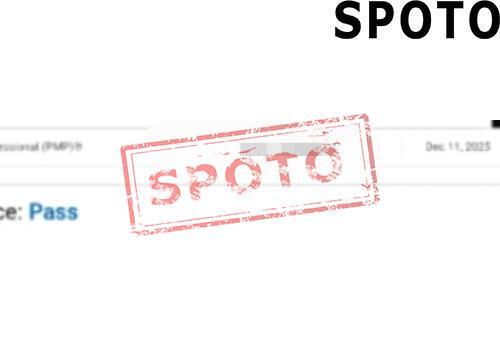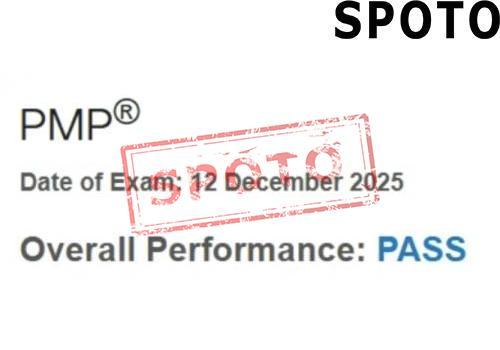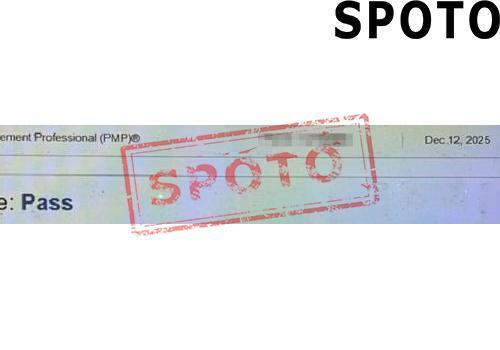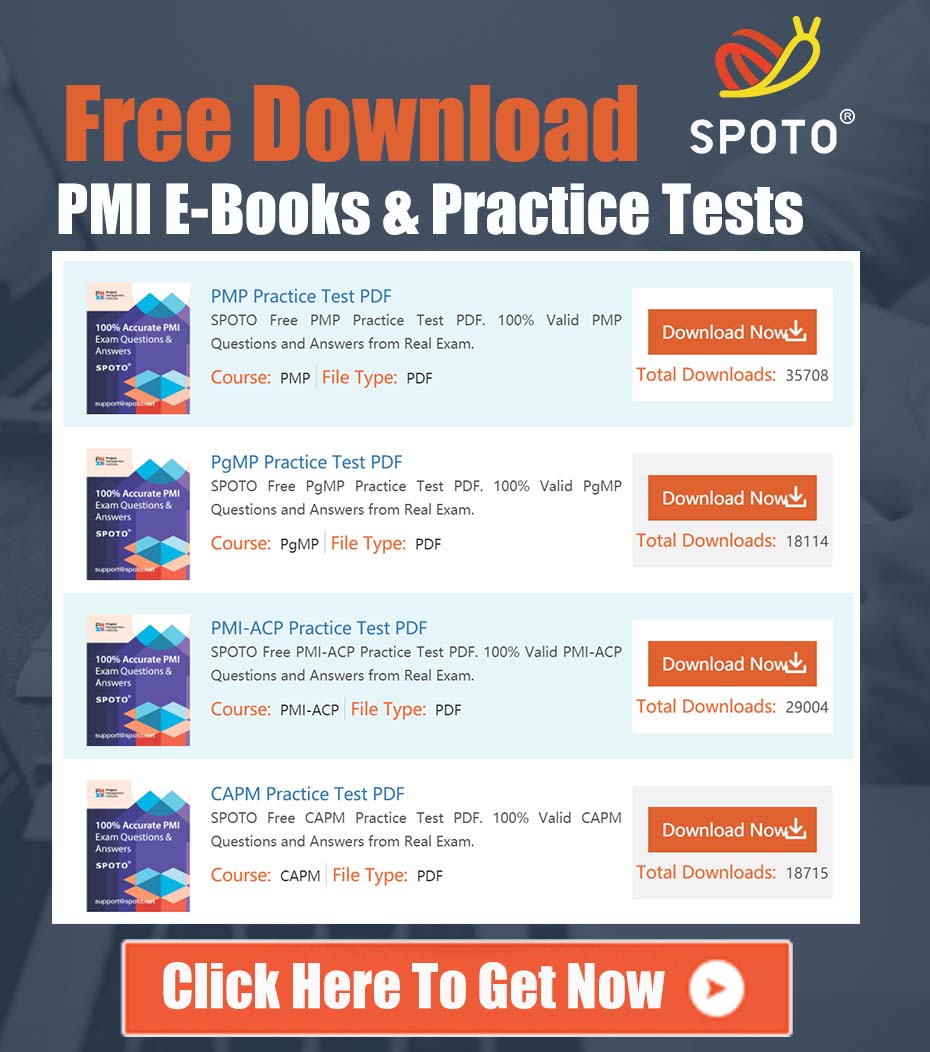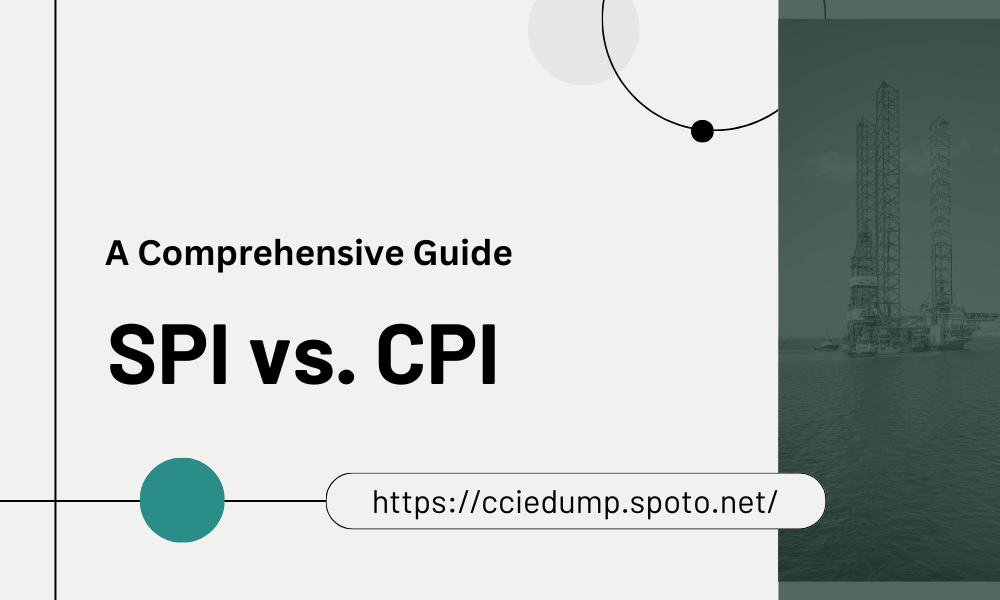
Table of Contents
1. Introduction to SPI and CPI
In the vast arena of project management, two key acronyms that bear significant importance are SPI (Schedule Performance Index) and CPI (Cost Performance Index).
- The SPI is a measure of the efficiency of time utilization on a project. It quantifies the rate at which the project is progressing against its planned schedule.
- On the contrary, CPI is a measure of the financial effectiveness of a project. It demonstrates how efficiently the project's budget is being used to complete work.
2. Importance of SPI and CPI in Project Management
Precise attention to both SPI and CPI is paramount in project management for several reasons.
- SPI plays a pivotal role in measuring how efficiently a project is adhering to its outlined schedule. It offers insights into whether the project is running ahead, behind, or just in line with the anticipated timeline.
- Similarly, CPI is a vital tool used to gauge cost performance. It signifies whether a project is going above, under, or precisely on budget, thus acting as a compass for financial resource navigation.
3. Calculating SPI and CPI
Understanding SPI and CPI requires proficiency in their respective calculations
- SPI is calculated by dividing the Earned Value (EV) by the Planned Value (PV). A result exceeding 1 indicates a project ahead of its planned schedule, whereas a figure less than 1 signifies a delay.
- The calculation for CPI entails dividing the Earned Value by the Actual Cost (AC). A value above 1 signifies cost efficiency, whereas a value below 1 denotes inefficiency relative to the budget.
4. Interpreting SPI and CPI Values
The crux of SPI and CPI lies in their interpretation which dictates decisions for moving forward.
- For SPI, a value of 1 denotes a project moving at par with the initial plan, figures above 1 suggest a quicker pace, and a value below 1 indicates a slower progress.
- In case of CPI, a value surpassing 1 shows a cost-effective project, while a figure falling short of 1 reveals budgetary inefficiencies.
5. Benefits of Monitoring SPI and CPI
There are numerous benefits to keeping a close watch on project's SPI and CPI.
- Monitoring these indices helps identify any deviations from the initial schedule to stay in sync with the projected timeline.
- It aids in detailed analysis of cost overruns or underruns to stay within the budgetary constraints.
- Ultimately, it supports in making informed decisions which keeps projects on track, ensuring their success.
6. Strategies for Improving SPI and CPI
Improving the SPI and CPI requires implementing practical strategies.
- Adjusting project timelines and schedules periodically ensures that the SPI stays positive.
- Monitoring the project resource allocation helps make more efficient use of the budget, which improves the CPI.
- Implementing effective cost-control measures minimizes cost overruns, further enhancing the CPI.
7. Real-world Applications of SPI and CPI
SPI and CPI have proven their effectiveness in countless real-world scenarios. Innumerable case studies and instances highlight their influential role in leading projects to success by providing an accurate assessment of their progression and cost efficiency.
8. Conclusion
In conclusion, the significance of SPI and CPI in project management can never be discounted as they serve as reliable indicators of both time and cost performance. By not only understanding but also effectively implementing SPI and CPI, project managers can steer projects towards their successful completion.
